Tom's Guide Verdict
The Fujifilm Instax mini LiPlay is a great hybrid instant camera and printer that lets you take retro photos but also print your own from a smartphone. It produces lovely images and lets you add filters and frames. It can also print photos with audio but this can be a hassle. There are a couple of other shortcomings worth considering too.
Pros
- +
Compact body
- +
Camera and printer in one
- +
Lovely image quality
- +
Lots of filters and frames to choose from
- +
Can print photos with sound…
Cons
- -
…but it’s a hassle
- -
Filters can’t be added after shooting
- -
Subpar low-light performance
Why you can trust Tom's Guide
I love instant cameras and the retro photos they produce. What’s better than an instant camera? One that lets you print photos from your smartphone. The Fujifilm Instax mini LiPlay is one such hybrid camera that will make you fall in love with instant photography.
Originally launched in 2019, Fuji recently updated its smallest instant camera, adding three new colorways, a USB-C charging port, and the ability to update firmware from your smartphone. Its ability to produce lovely images has remained the same and it performs well in bright conditions. Being able to record audio that can be added to prints as a QR code will attract a lot of people, as will the many filters and frames. It has a few shortcomings though, such as subpar low-light performance and tedious audio recording.
Is it one of the best instant cameras? Read my full Fujifilm Instax mini LiPlay review for the complete breakdown.
Fujifilm Instax mini LiPlay review: Specs
| Specs | Fujifilm Instax mini LiPlay |
|---|---|
| Price | $169 / £149 |
| Lens | 28mm fixed-focus lens |
| Exposure control | Automatic, ISO 100 to 1600 |
| Shutter | 1/4 to 1/8000 sec |
| Aperture | f/2 |
| Flash | Automatic |
| Flash refresh time | 10 seconds |
| Self-timer | 4s, 6s, 8s, 10s |
| Power | Rechargeable Lithium-ion battery |
| Dimensions | 4.93 x 3.24 x 1.44 inches |
| Weight | 7.93 ounces (225g) |
| Film used | Instax mini film |
| Film development time | Up to 90 seconds |
| Cost per print | 75¢ |
| Colors | Matcha green, misty white, deep bronze |
Fujifilm Instax mini LiPlay review: Cheat sheet
- What is it? A 2-in-1 hybrid instant camera and printer
- Who is it for? For people who want a camera and printer in one to capture photos but also print them from their phones
- How much does it cost? The Fujifilm Instax mini LiPlay is available for $169 / £149
- What do we like? The compact body, lots of creative control, lovely image quality, and being able to print retro photos from your phone
- What don’t we like? Recording audio and playing it is a hassle, no in-camera editing is available, and low-light performance is subpar
Fujifilm Instax mini LiPlay review: Price & availability
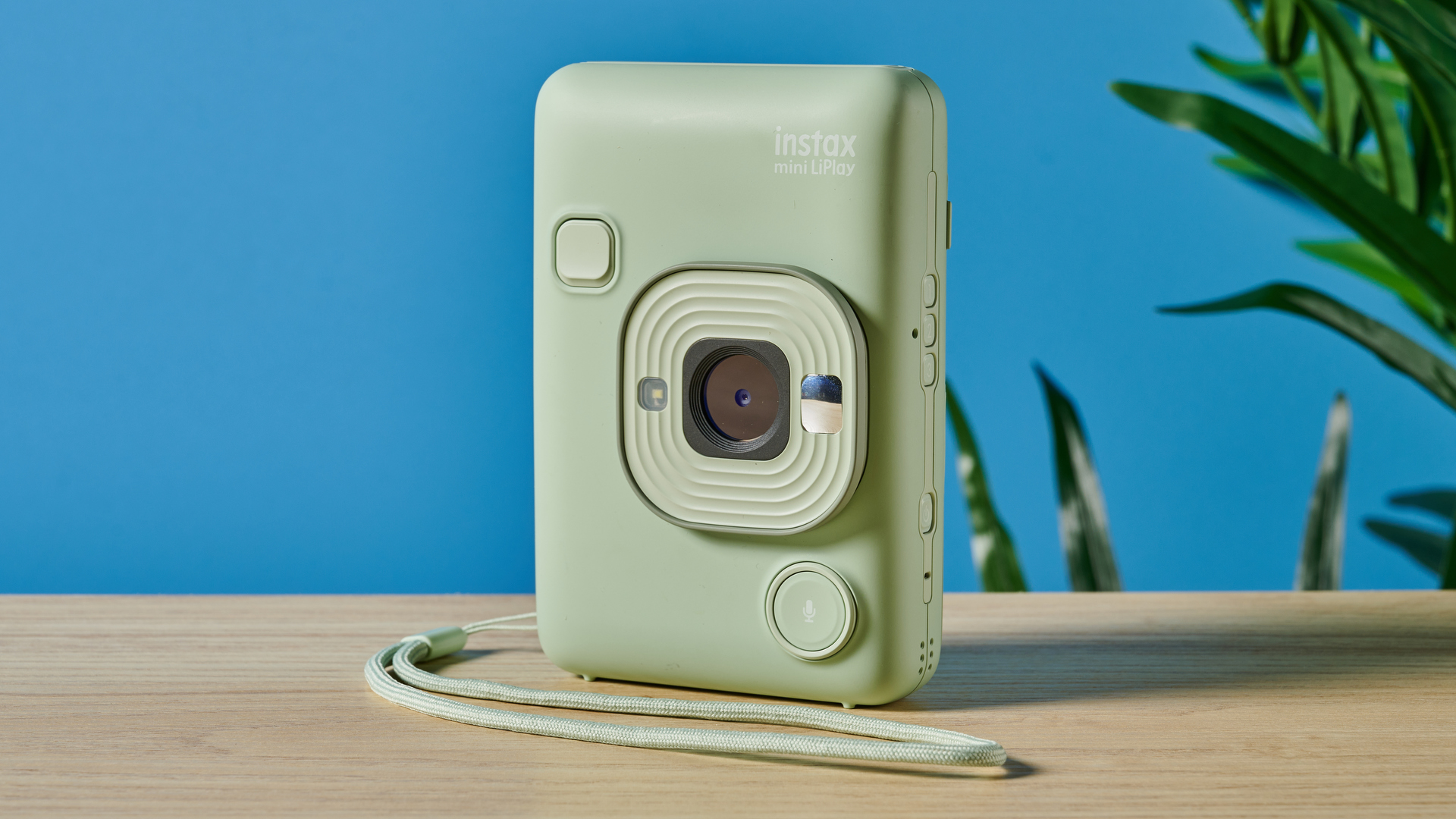
The Fujifilm Instax mini LiPlay is available for $169 / £149. Originally launched in 2019, Fujifilm updated the Instax mini LiPlay in the summer of 2024, adding a host of new features and three new colors: matcha green, misty white, and deep bronze.
The Instax mini LiPlay finds itself competing against the likes of the HP Sprocket ($159) and the Canon Ivy Cliq+ ($159).
Fujifilm Instax mini LiPlay review: Design & build quality
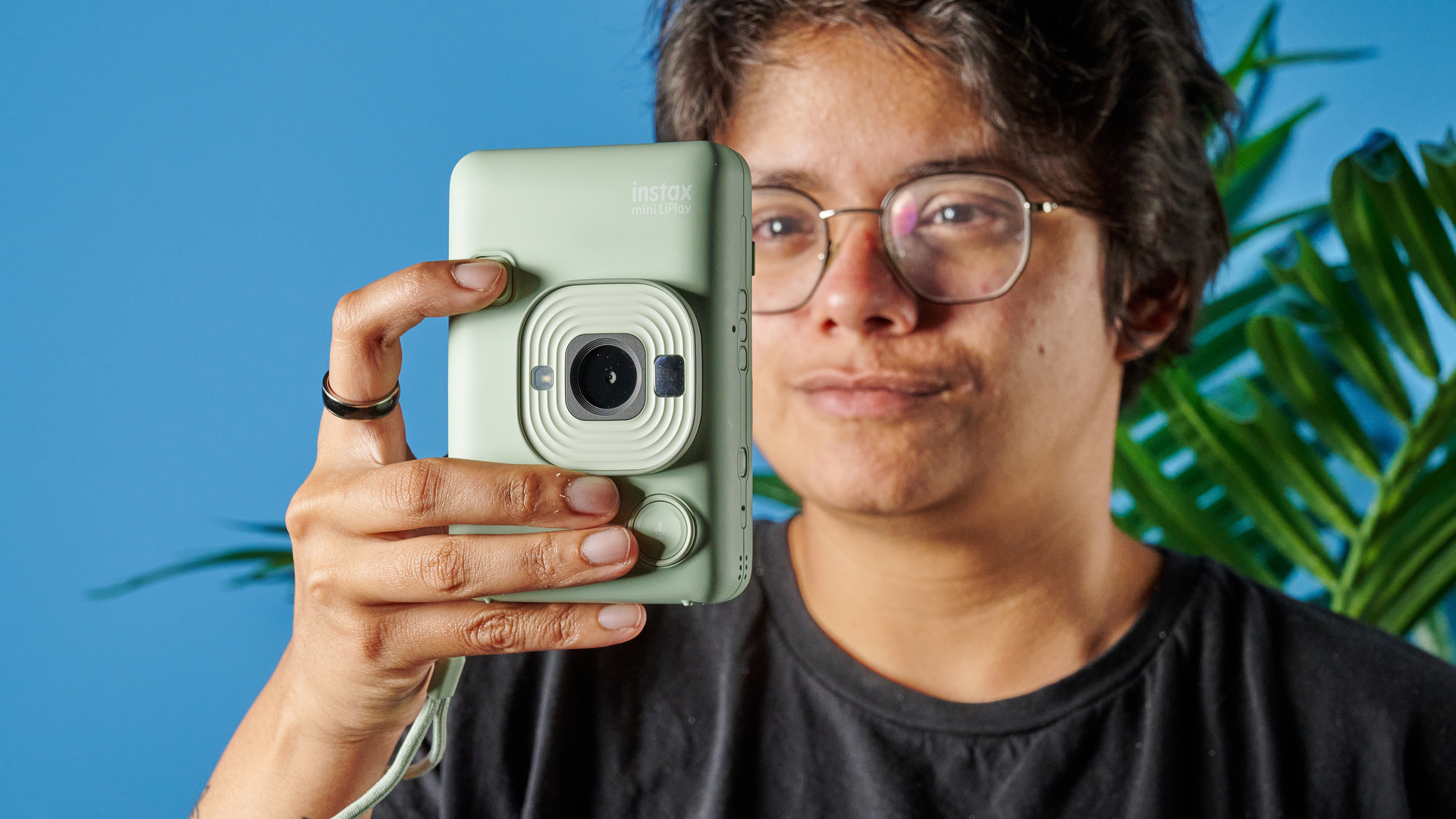
The new Fujifilm Instax mini LiPlay retains its predecessor’s design and build quality. Its body is still made of plastic but it doesn’t feel or look cheap. Of the extensive range of Instax cameras, the mini LiPlay is the smallest and most compact, measuring 4.93 x 3.24 x 1.44 inches. It weighs 7.93 ounces and is comfortable to hold with one hand.
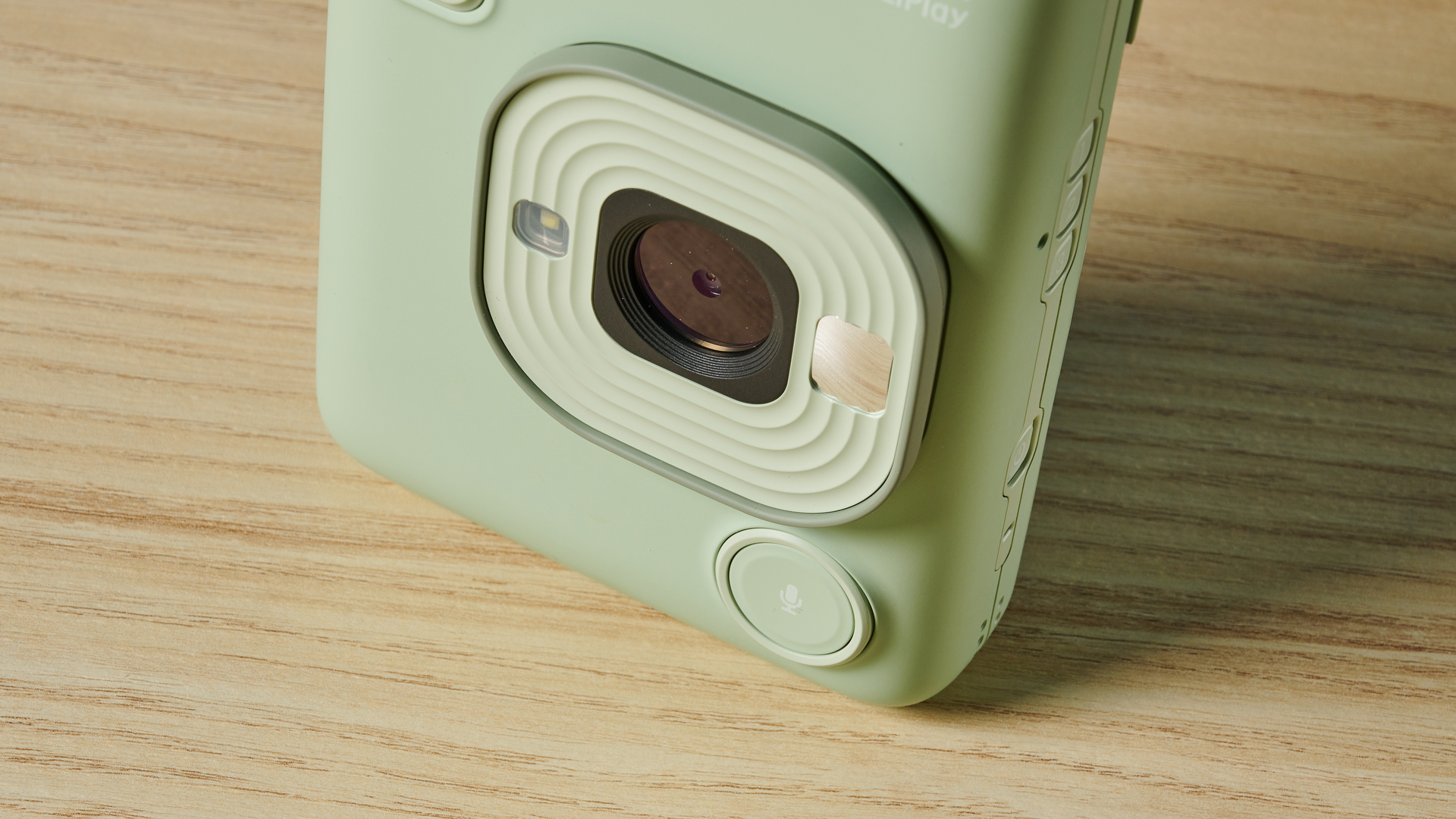
The front of the camera has the lens and flash. Even though the camera has a small footprint, it’s nice that there’s a selfie mirror — something that is missing from the much larger Instax Wide 400 ($149).
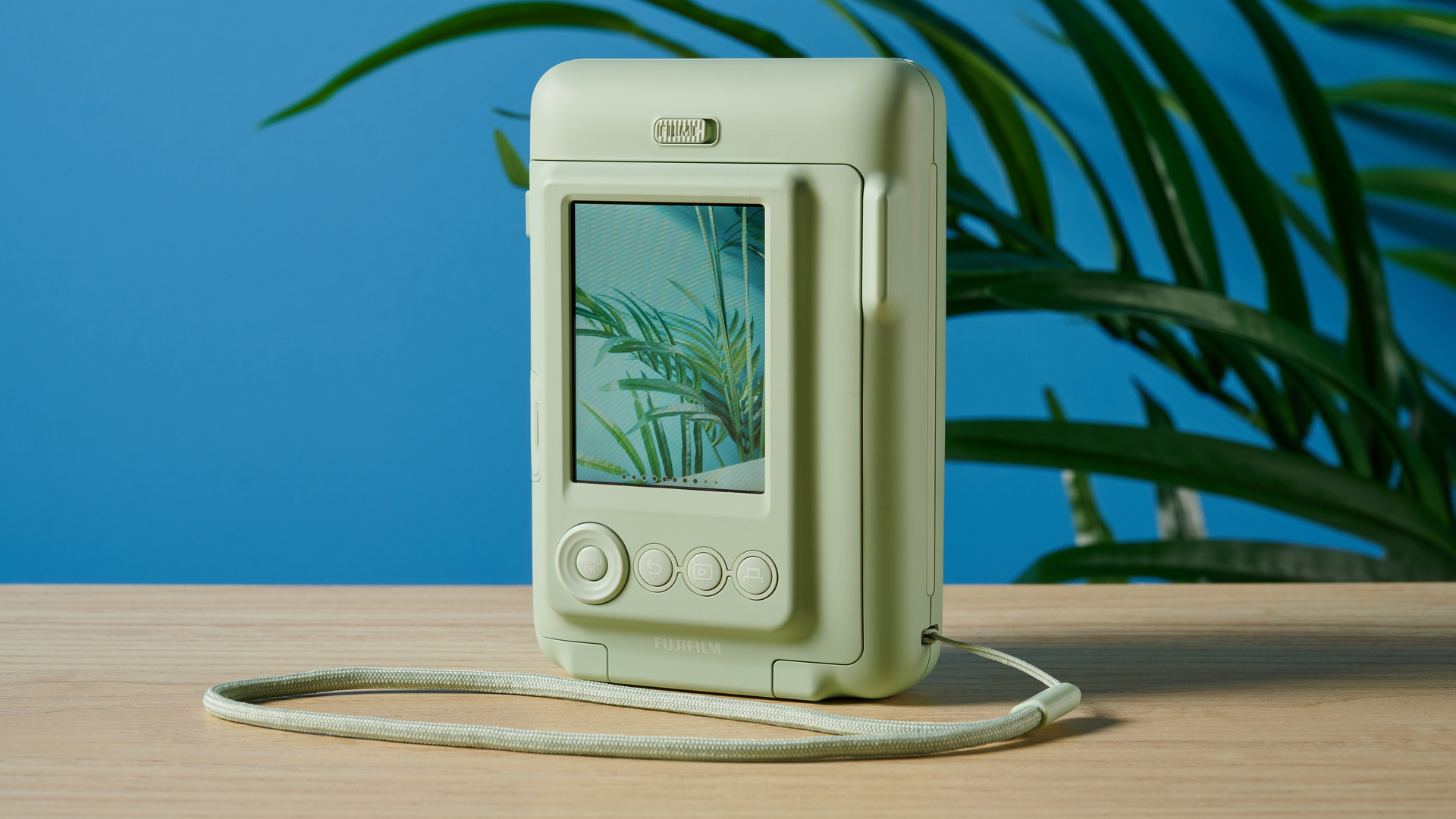
On the back of the camera is a 2.7-inch TFT color LCD monitor, and the screen is easy to navigate using the physical buttons.
Fujifilm Instax mini LiPlay review: Lens
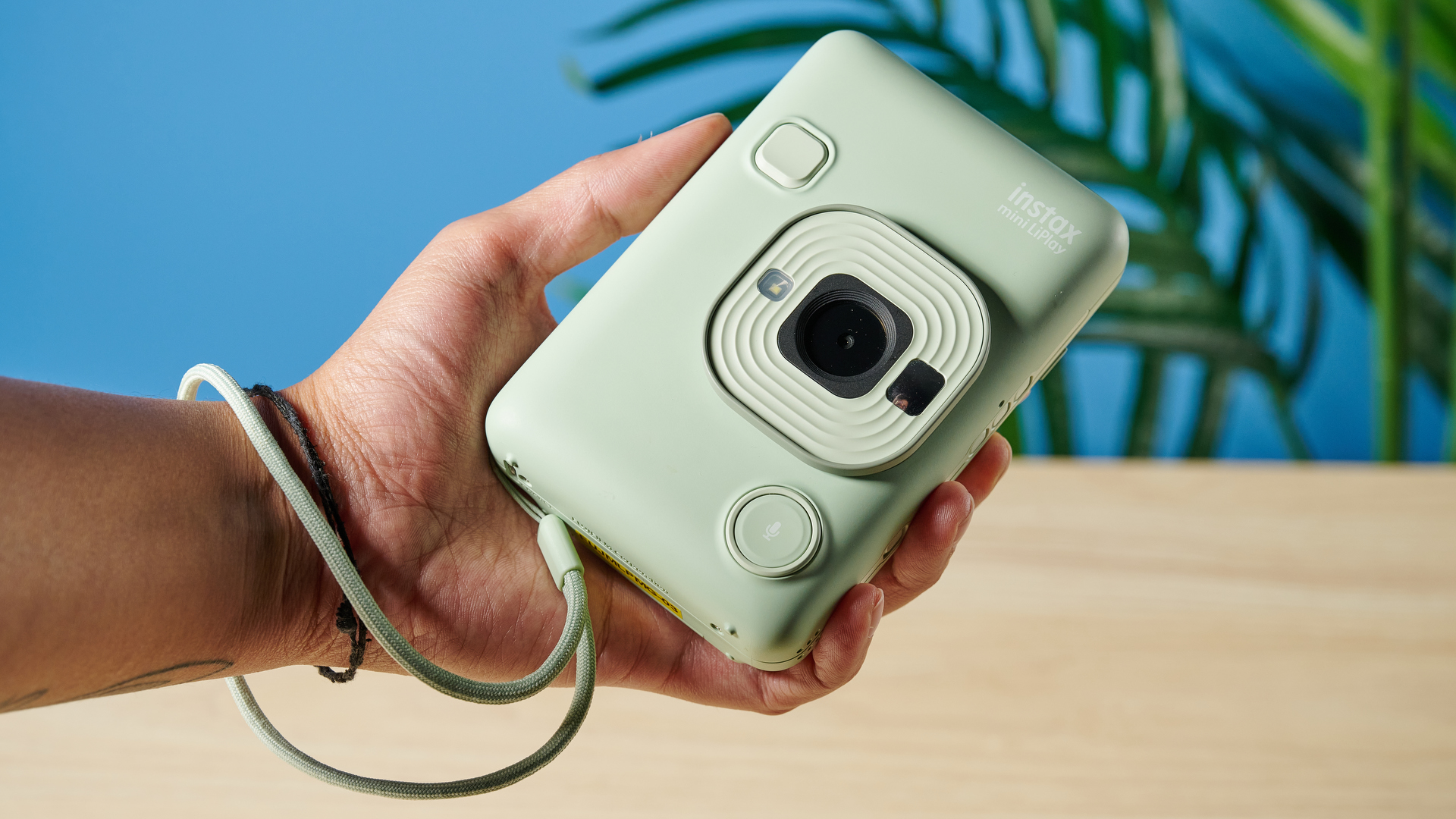
The Fujifilm Instax mini LiPlay has a fixed-focus lens with a focus range of 10cm to ∞. Since the camera is equipped with an LCD monitor, there’s no viewfinder to look through. The Instax mini LiPlay’s 28mm f/2 lens is equivalent to that of the 35mm focal length of a film camera. Depending on the conditions you’re shooting in, the camera automatically adjusts the shutter speed (1/4 to 1/8000 seconds) and the ISO (100 to 1600).
Fujifilm Instax mini LiPlay review: Controls

For a compact camera, the Fujifilm Instax mini LiPlay has a lot going on in terms of controls. On the front, you’ll find the shutter button which can be pressed with your index finger, and a sound button to record audio to accompany the print.
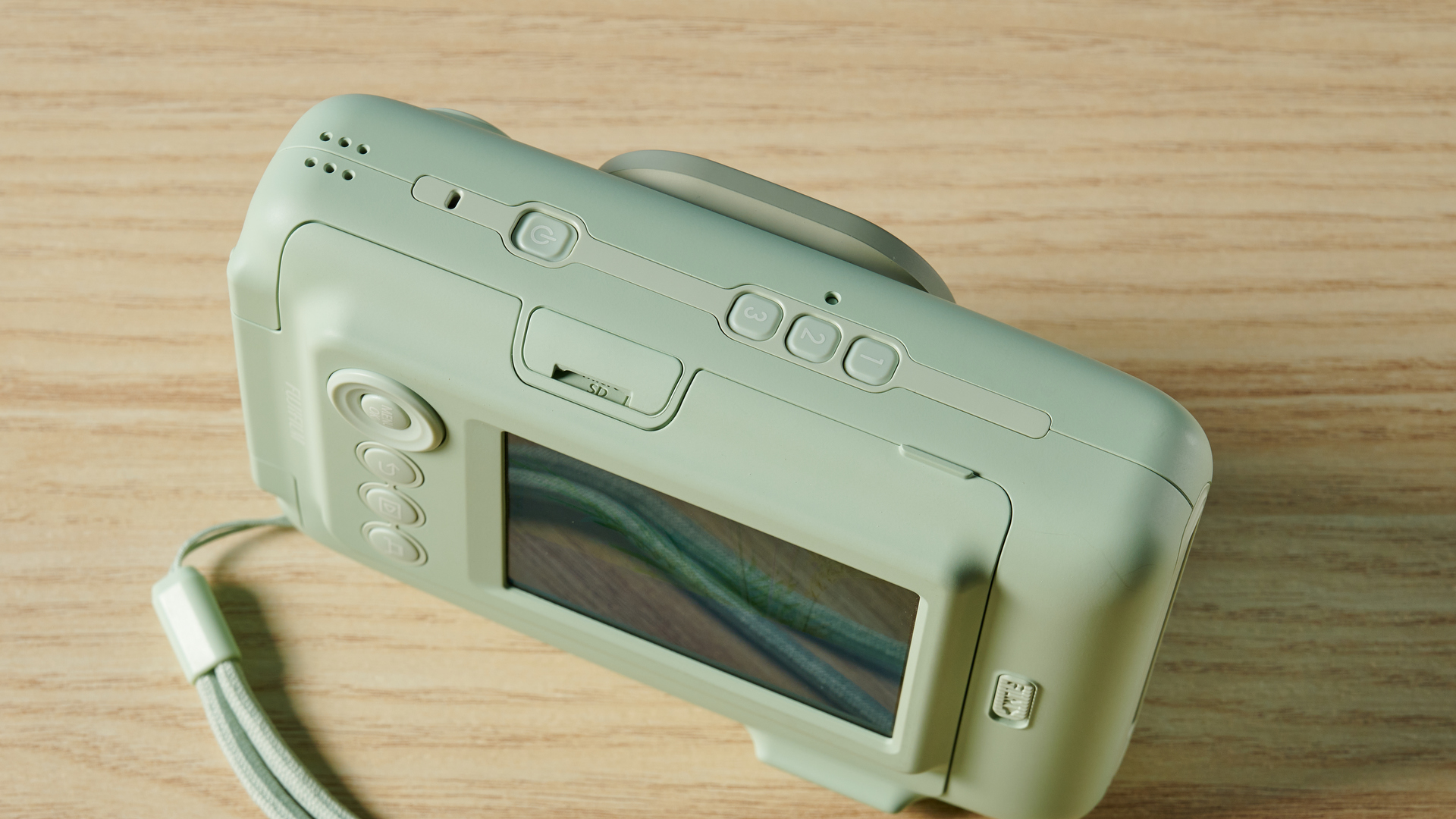
On the left side, there are three shortcut buttons which quickly enable you to add frames to prints, and the power button. There’s also an array of buttons on the back, accompanying the LCD screen. This includes buttons dedicated to media playback, print, back, MENU/OK, and navigation. It took me a while to get to grips with the controls as I often misplaced my index finger and missed the shutter button, but I got used to it after a few hours of use.
Fujifilm Instax mini LiPlay review: Image & print quality
The Fujifilm Instax mini LiPlay produces lovely prints. Everything is done automatically, such as the shutter speed and ISO, and the camera doesn’t have fancy features like double exposures. If you want exposure control, consider the Fujifilm Instax mini 99 ($199) instead.
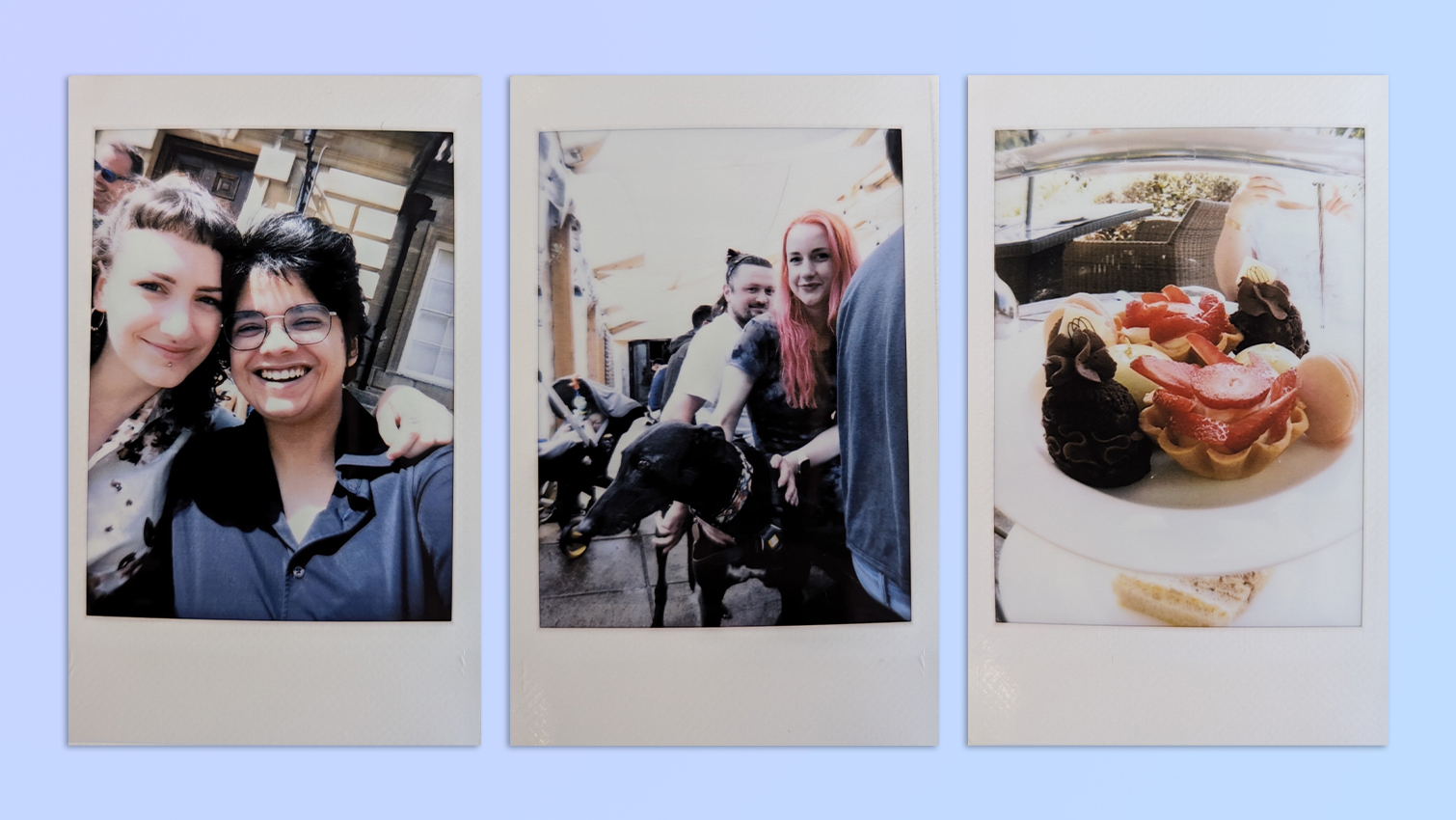
Shooting with an instant camera involves a lot of trial and error, but I was pleased that most of the photos I took with the Instax mini LiPlay turned out the way I envisioned, as can be seen above.

Mini film limits how much of the scene you can capture, so group photos can be tricky, as can be seen in the photo above. Since the camera can focus only on a single point, not everyone is in focus.
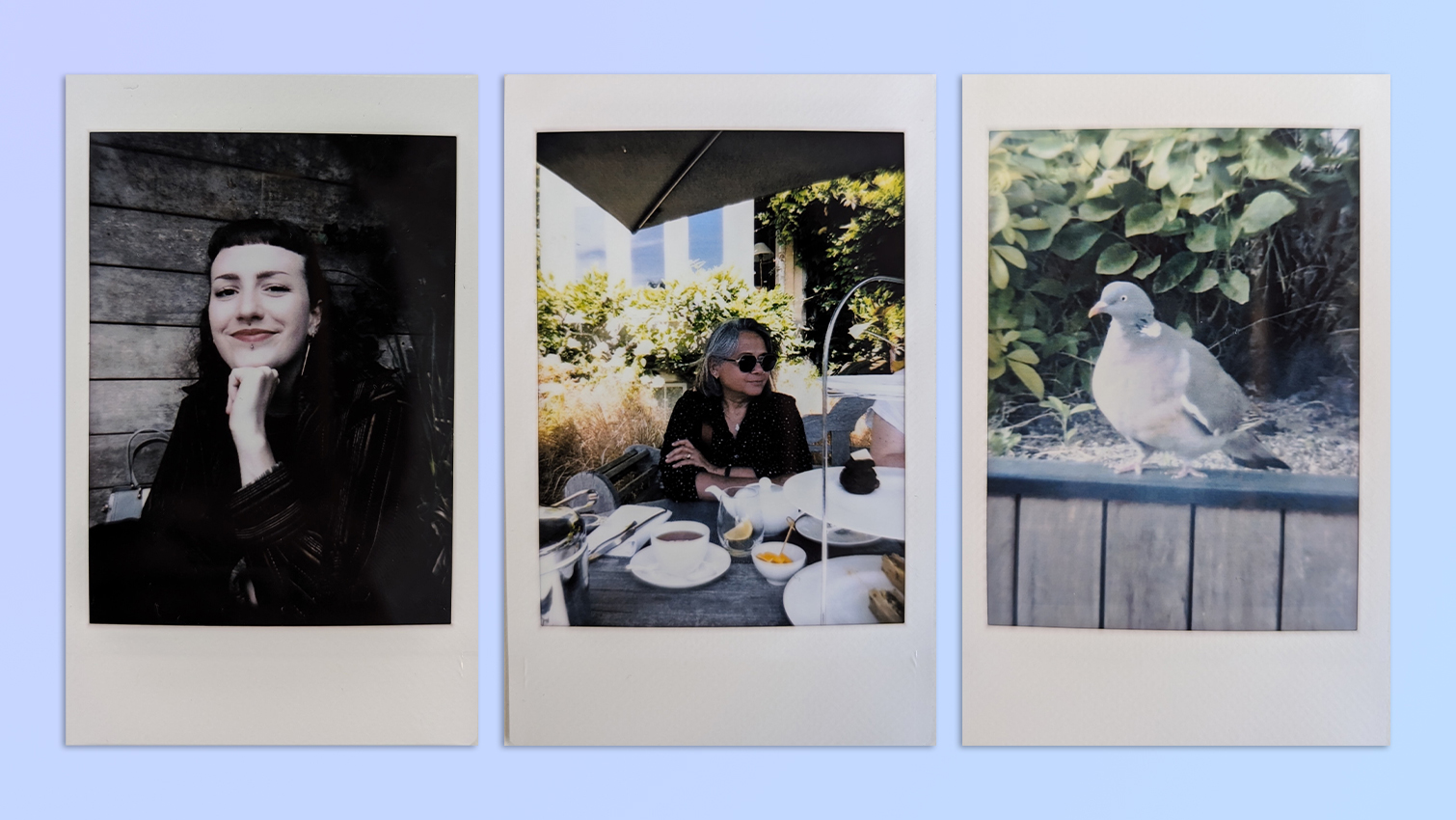
Solitary subjects suit this film better. Colors develop accurately and the prints are detailed. The photos of my partner and mum above turned out really nice as the camera kept them in focus. Similarly in the photo of the pigeon, it isn’t the sharpest image but the camera has tried its best to focus on the bird — and I’m pleased with it.

But this isn’t always the case. For example, in the photo of the berries above, the camera struggled to focus on the one in the centre, and while the colors are lovely, the whole shot being out of focus ruins it.
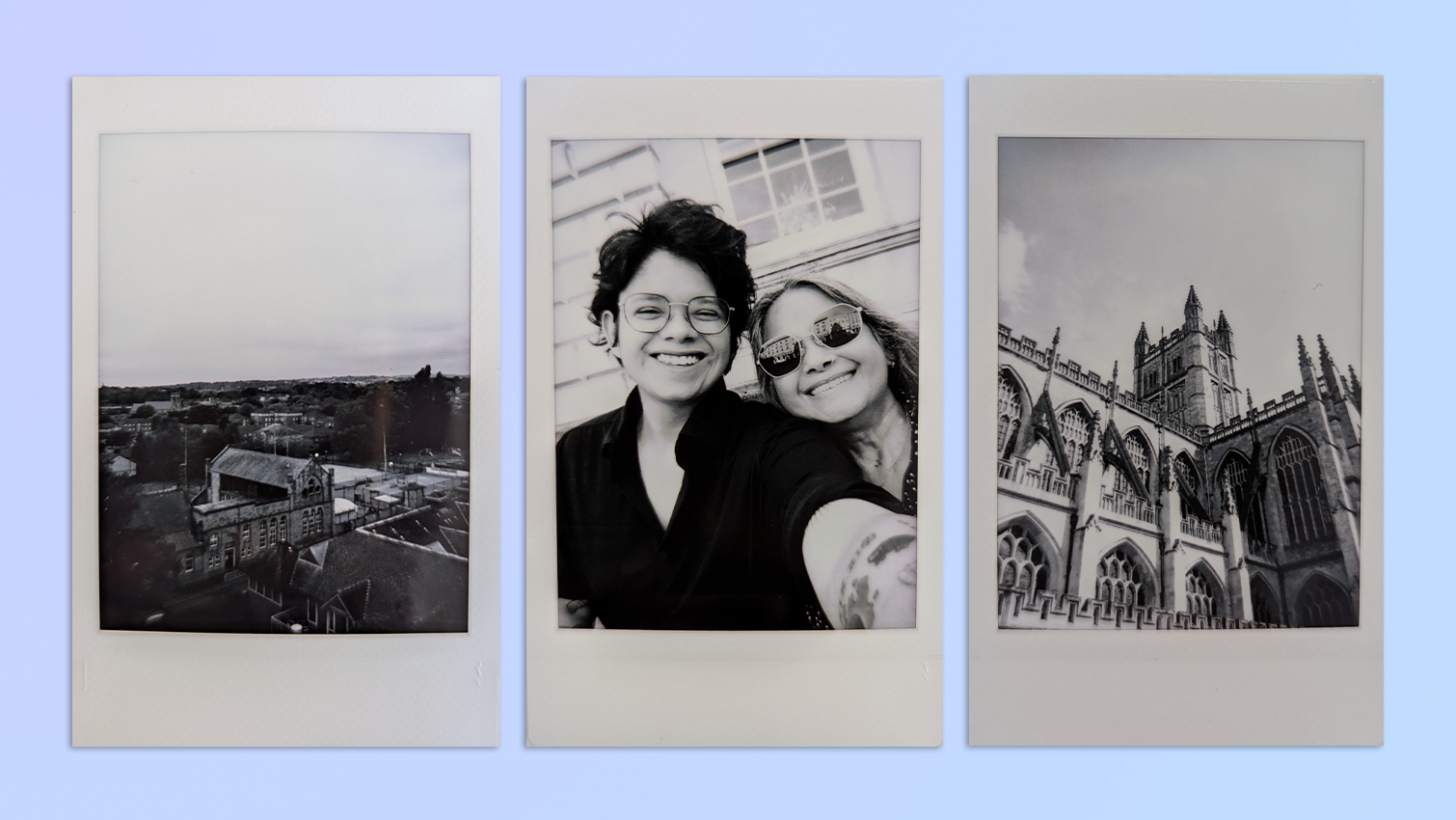

The Instax mini LiPlay lets you add filters and frames in real-time to your photos through the LCD screen. In the gallery above, you can see examples of the black and white filter (first slide), and an example of one of the frames (second slide). I would have preferred being able to add filters after the fact too.
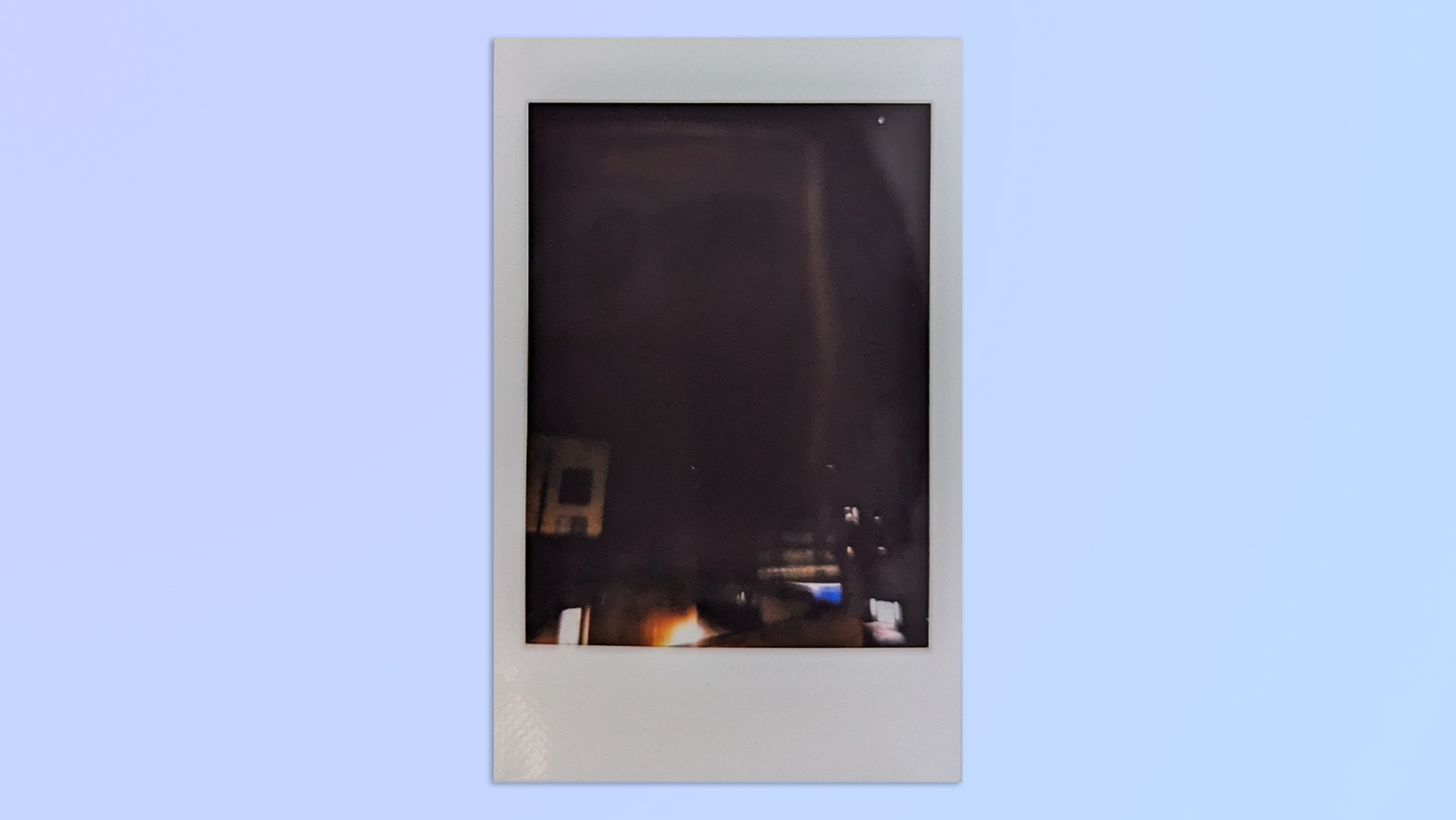
There’s no way to turn the flash off completely as the camera allows you to choose from three different modes (auto, forced or suppressed), which can be annoying when shooting in bright conditions. It has a range of 50cm to 1.5m, so forget about using the Instax mini LiPlay to shoot in the dark. The Instax Wide 400, which has a flash range of up to 3m, doesn’t do well in dim conditions either, and neither do the Polaroid Go Gen 2 or my very old Instax Mini 8, so I wasn’t expecting wonders. You can see an example of the Instax mini LiPlay’s low-light performance above. If you want better low-light performance, check out the Fujifilm Instax mini 40 ($100) instead.
Fujifilm Instax mini LiPlay review: Sound quality
One of the Fujifilm Instax mini LiPlay’s biggest selling points is its ability to print photos with audio. If you press the record button and shoot a photo, the mini LiPlay will record 10 seconds of audio which it’ll then add to the print as a QR code. Anyone can then scan the QR code and listen to it.
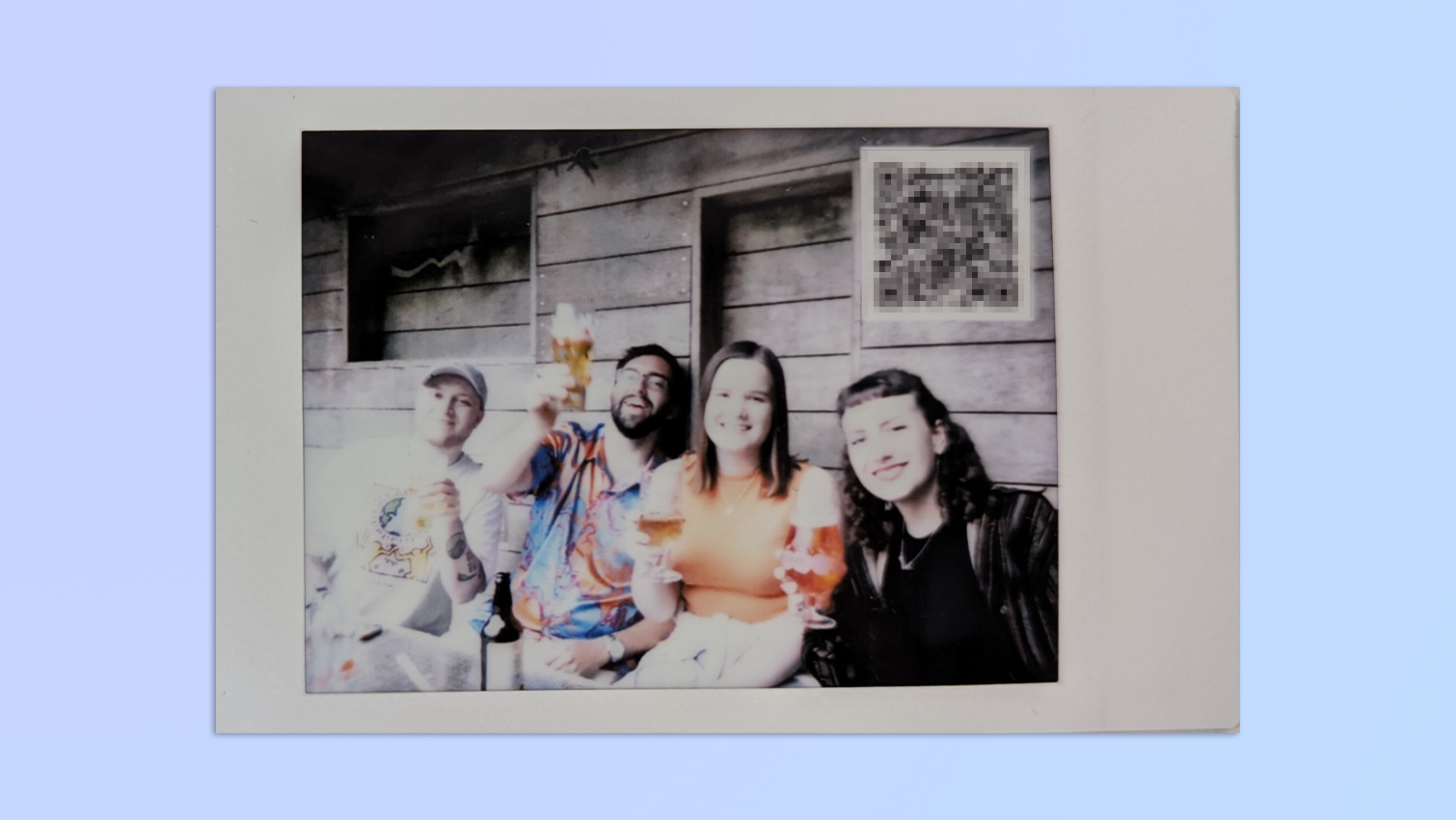
In theory, this is innovative and sounds excellent, but it isn’t so straightforward in practice. You have to pair the camera with the Fujifilm smartphone app via Bluetooth, upload the audio file to the cloud which took me around 30 seconds to do (and this will depend on your internet connection), and then scan the QR code for it to work. Not very spontaneous and it takes the fun out of it.
But audio clips sound clear and the Instax mini LiPlay’s sensitive microphone picks up nearly every sound. The downside is that you’re stuck with a small QR code which looks a little ugly on the print.
Fujifilm Instax mini LiPlay review: App
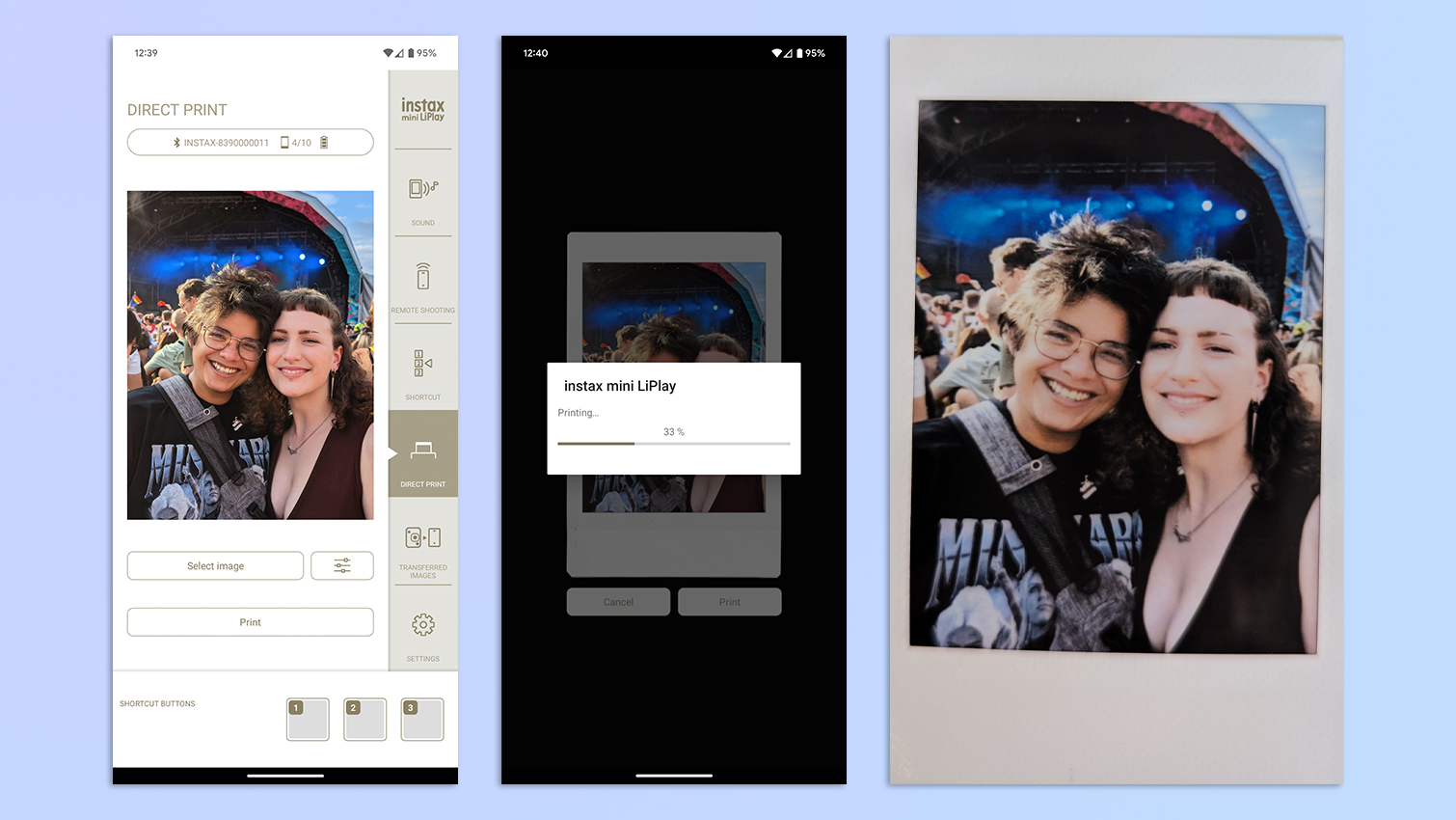
The Fujifilm Instax mini LiPlay app, available on iOS and Android, is a little janky but it performs basic functions well. I was able to quickly connect the Instax mini LiPlay to my Google Pixel 7 Pro and print a photo. You can also use your phone as a remote shutter button which makes it easier to take group photos.
I appreciate using this camera as a printer, as I love getting photos printed anyway. Regardless of the device you shot the photo on, the Instax mini film will give it a retro aesthetic.
Fujifilm Instax mini LiPlay review: Film cost & yield

The Fujifilm Instax mini LiPlay uses Instax mini film, which generally costs $14 / £14 per double film pack (20 pieces of film) — so you’re paying 75¢ per picture. This is much cheaper than Polaroid Go film. For context, a Go double film pack containing 16 pieces of film costs $19 / £18.
Fujifilm Instax mini LiPlay review: Battery life
Similar to some other instant cameras, such as the Instax mini 99 ($199) and the Polaroid Go Gen 2, the mini LiPlay is equipped with a rechargeable Lithium-ion battery. Fujifilm claims that a single charge will last you approximately 100 shots — depending on usage conditions. Our review unit came with 20 pieces of film so I couldn’t drain the battery completely.
Unlike the 2019 model, the 2024 update has a USB-C port. I used a 30W USB-A to USB-C charger, and it took approximately two and a half hours for the camera to go from zero to 100%. Fujifilm says that this can fall to two hours or increase to three, depending on the air temperature.
Fujifilm Instax mini LiPlay review: Verdict
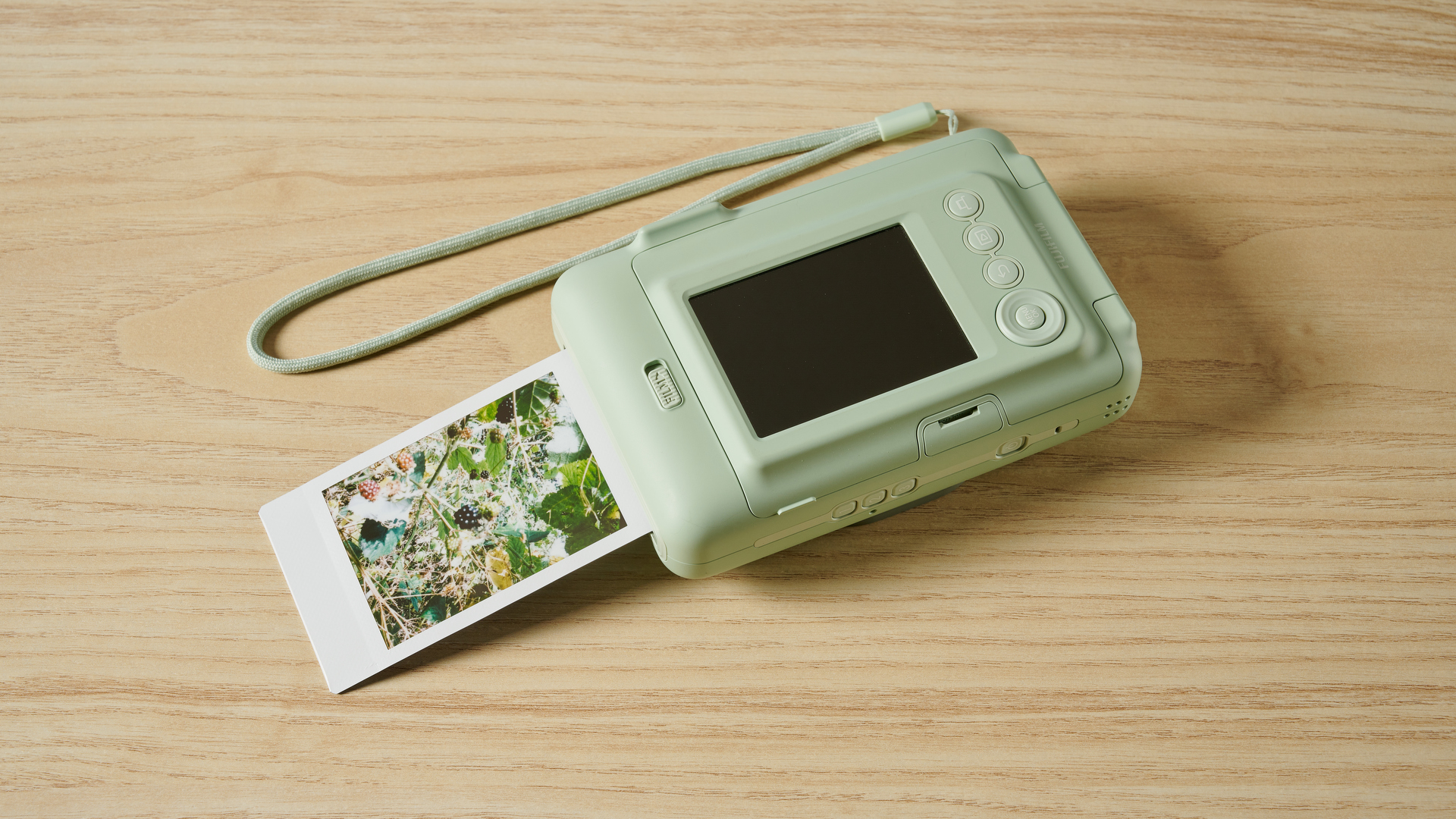
There isn’t much to dislike about the Fujifilm Instax mini LiPlay. Its ability to take beautiful photos and develop them in under 90 seconds, and print directly from your smartphone alone make this a great purchase. While recording and listening to soundbites is a hassle, it’s certainly an attractive feature. In the right conditions, prints come out detailed, and you can even add filters and frames to them.
This camera doesn’t perform great in dimly lit environments, so if you want better low-light performance, consider the Fujifilm Instax mini 40 instead. Also, while frames can be added to stored photos before printing them, filters can’t.
I’ve loved my time with Instax mini LiPlay. It truly is a jack of all trades.
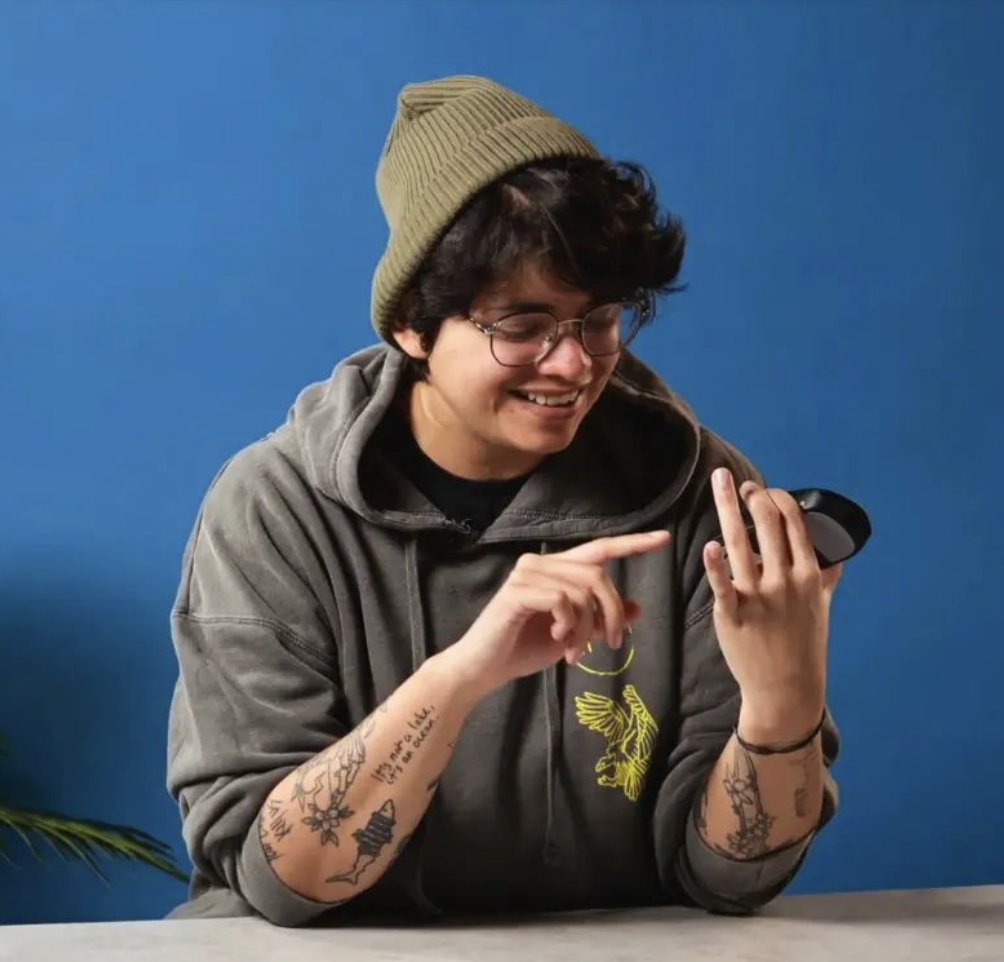
Nikita is a Staff Writer on the Reviews team at Tom's Guide. She's a lifelong gaming and photography enthusiast, always on the lookout for the latest tech. Having worked as a Sub Editor and Writer for Canon EMEA, she has interviewed photographers from all over the world and working in different genres. When she’s not working, Nikita can usually be found sinking hours into RPGs on her PS5, flying a drone (she's a licensed drone pilot), at a concert, or watching F1. Her work has appeared in several publications including Motor Sport Magazine, NME, Marriott Bonvoy, The Independent, and Metro.

